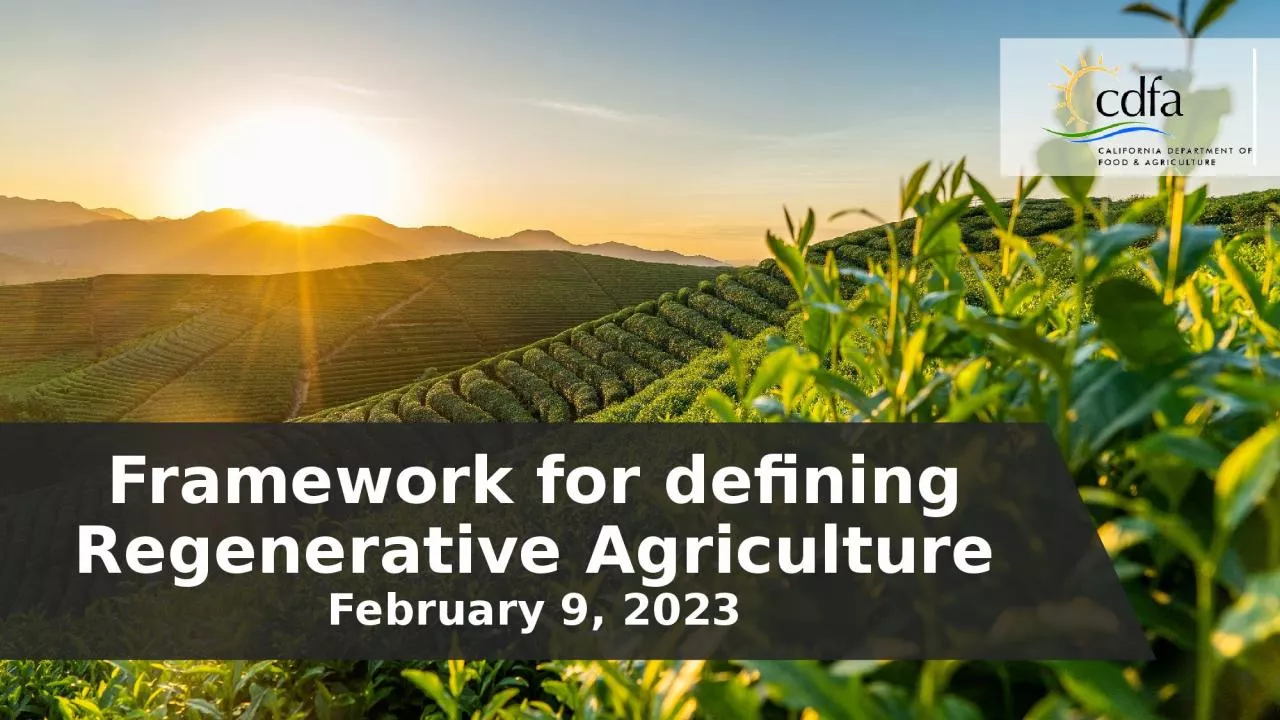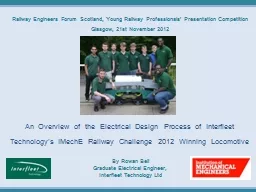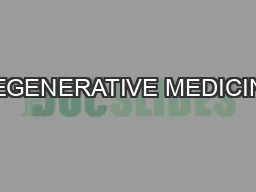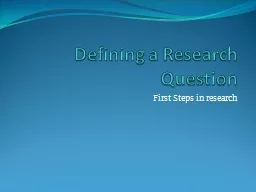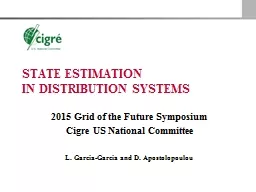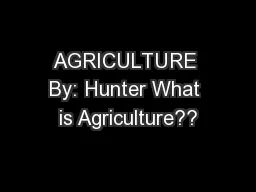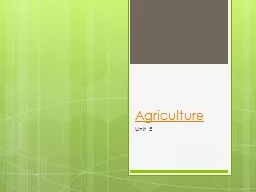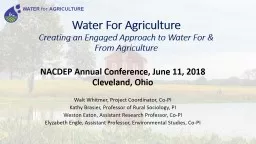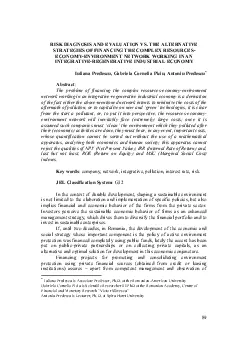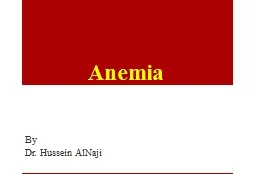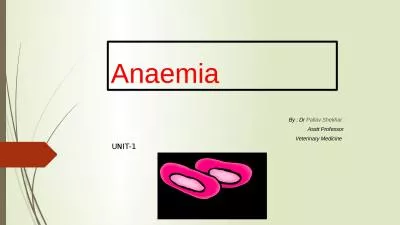PPT-Framework for defining Regenerative Agriculture
Author : anastasia | Published Date : 2023-09-23
February 9 2023 Background and purpose October letter from State Board of Food and Agriculture Asked for a literature review and framework definition by February
Presentation Embed Code
Download Presentation
Download Presentation The PPT/PDF document "Framework for defining Regenerative Agri..." is the property of its rightful owner. Permission is granted to download and print the materials on this website for personal, non-commercial use only, and to display it on your personal computer provided you do not modify the materials and that you retain all copyright notices contained in the materials. By downloading content from our website, you accept the terms of this agreement.
Framework for defining Regenerative Agriculture: Transcript
Download Rules Of Document
"Framework for defining Regenerative Agriculture"The content belongs to its owner. You may download and print it for personal use, without modification, and keep all copyright notices. By downloading, you agree to these terms.
Related Documents

